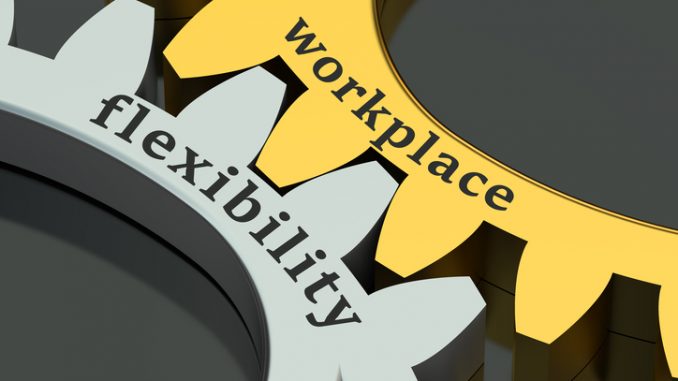

Helping professionals back into work following a career break is an issue under the spotlight once again following the budget announcement that £5m will go towards extending return to work schemes to all levels of management. How this funding trickles down and impacts remains to be seen but the intention is to give those who have taken long career breaks the opportunity to refresh their skills and build professional networks.
Coming back to work after a break – for whatever reason – can be a difficult transition. Trends and skills evolve quickly in many industries and internal roles shift and adapt but, in many cases, these returnees are valued professionals with much to offer.
According to data from KPMG there are 96 million skilled women around the world aged between 30 and 54 who are currently on career breaks. Of these, some 55 million have gained experience to middle management level or above. If they all returned to the workforce, the result would be a £151bn boost to the global economy each year.
Just seven per cent of UK firms said that they are seeing more mums returning to the workforce than last year
Some businesses are ahead of the game, providing training, mentoring and networking to ensure the transition is as smooth as possible. However, our own data suggests that such support is not widespread. Just seven per cent of UK firms said that they are seeing more mums returning to the workforce than last year.
What the handful of forward-thinkers all agree upon is that flexibility has to be a key consideration. Whether other support initiatives are provided or not, asking professionals to return to a fixed-hours, fixed-location job after taking time out is not always workable.
Employers must be more open to offering flexible hours and flexible locations to work from. There is certainly no shortage of available workspace to choose from. The UK boasts one of the finest networks of flexible workspace in the world – environments that enable returning professionals to remain closer to home and to turn up, plug-in and be productive. Importantly, this workspace gets people out of the home environment, away from potential distractions, and back into a business-like atmosphere.
With the budget announcement bringing the issue of returning employees to the fore once again the onus is on businesses to re-evaluate working models and to position to ensure that skilled employees are not discouraged to return
The challenge for employers is not so much logistical; more, it is attitudinal, a change in mindset from measuring performance by visibility and time spent at the desk to measuring on output and results. This may require employers to make changes to reporting structures and to adopt new management techniques. It is about placing more trust in the hands of the employee, showing confidence in their professionalism and flexing the job around the person rather than asking the person to fit an outdated and rigid structure.
With the budget announcement bringing the issue of returning employees to the fore once again the onus is on businesses to re-evaluate working models and to position to ensure that skilled employees are not discouraged to return. Indeed, the concept of flexible working is one that appeals to employees across the board – not just those returning from an extended period of time-off. If the focus on returning employees triggers a change to a more flexible approach for all employees the result will be a workforce that is happier, more motivated and better-equipped to produce its best work.
